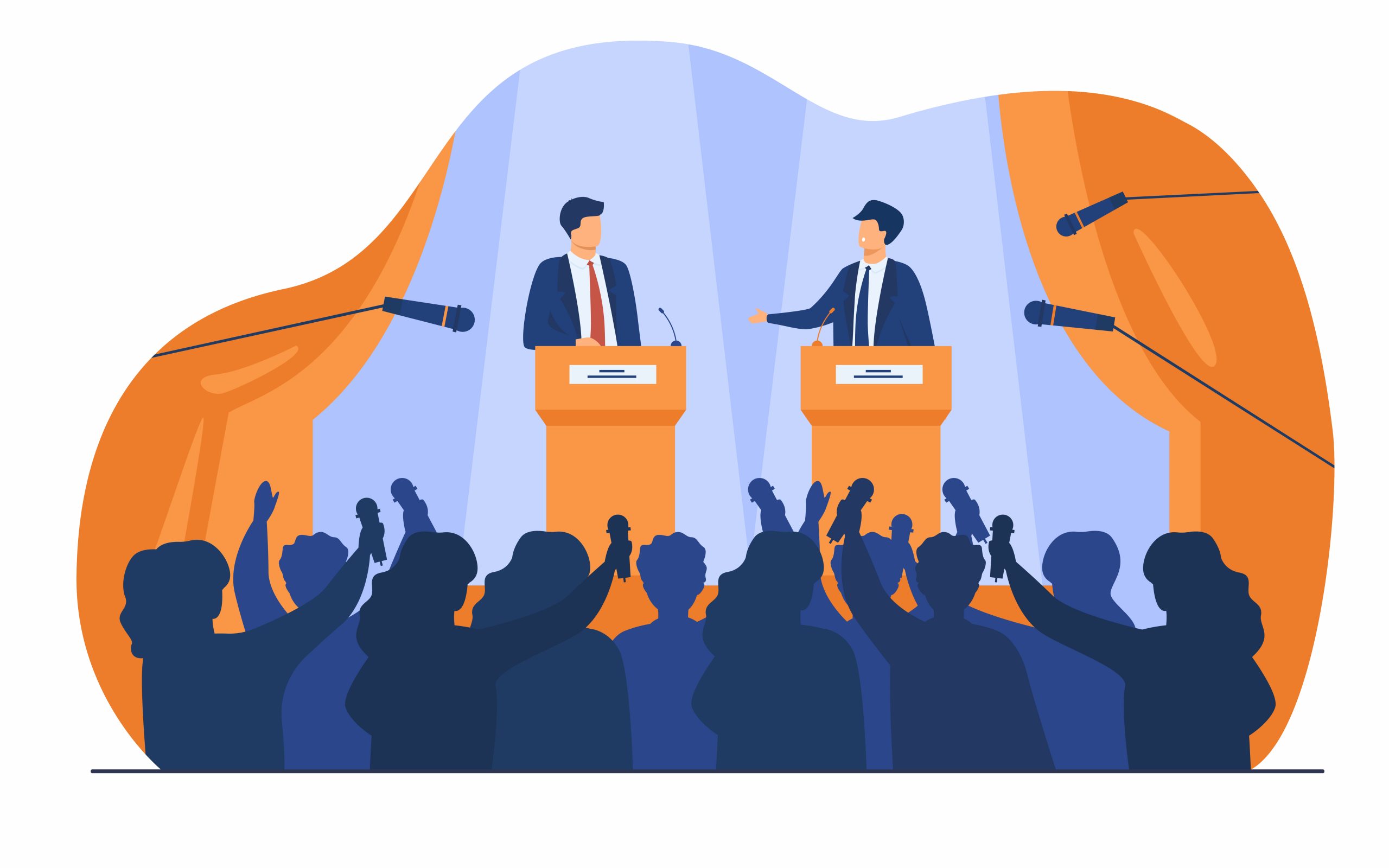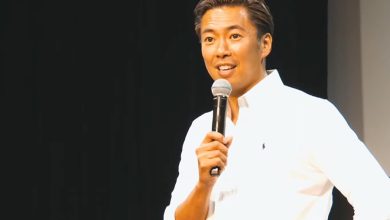Debate Topics: In the world of intellectual discourse, the stage is set, and minds are poised for the exchange of ideas, perspectives, and arguments. At the heart of this dynamic arena lies a critical element—the selection of debate topics. Like the unseen hand orchestrating a play, the process of choosing these topics is a nuanced journey that shapes the narrative of conversations and influences the contours of intellectual engagement. In this exploration of “Behind the Curtain: The Selection Process of Debate Topics,” we delve into the intricacies of how these pivotal subjects are chosen, shedding light on the thought processes, considerations, and methodologies that guide this behind-the-scenes endeavor.
The Art and Science of Topic Selection
1. Understanding the Audience and Participants
- Tailoring Topics to the Audience: The selection of debate topics begins with a deep understanding of the audience. Whether it’s a classroom setting, a community forum, or a global conference, topics must resonate with the interests, knowledge levels, and demographics of the participants.
- Catering to Diverse Perspectives: A key aspect is considering the diversity of perspectives within the audience. Crafting topics that invite contributions from various viewpoints ensures a rich and inclusive discourse that reflects the complexity of real-world conversations.
2. Relevance to Contemporary Issues
- Current Affairs and Timeliness: Debate topics, to be impactful, must be relevant to contemporary issues. Whether addressing social, political, environmental, or technological challenges, the selection process involves staying attuned to the pulse of current affairs and selecting topics that resonate with the present moment.
- The Intersection of Timelessness and Timeliness: While relevance to current issues is crucial, there is also an art in finding topics that possess a timeless quality. These are subjects that transcend immediate circumstances and maintain their relevance across different epochs, contributing to enduring conversations.
Navigating Controversy: Balancing Impact and Sensitivity
1. Controversial Topics: Catalysts for Thought
- The Role of Controversy in Engagement: Controversial topics often serve as catalysts for heightened engagement. The selection process recognizes the potential of controversy to stimulate critical thinking, provoke thoughtful discussions, and elicit passionate responses from participants.
- Balancing Impact and Sensitivity: However, the art lies in striking a balance between impact and sensitivity. While controversy can fuel discussions, topics must be chosen with care to avoid unnecessary harm or the perpetuation of harmful stereotypes. Sensitivity to diverse perspectives ensures that the debate remains constructive.
2. Ethical Considerations in Topic Selection
- Ensuring Ethical Integrity: Ethical considerations play a central role in the selection process. Topics that may have ethical implications, such as those involving personal privacy, cultural sensitivities, or potential harm, undergo careful scrutiny. Ensuring ethical integrity in topic selection is essential for fostering a respectful and responsible discourse.
- Navigating Potential Triggers: Sensitivity extends to potential triggers for emotional distress. Topics that may evoke strong emotions are approached with caution, and moderators are prepared to intervene if discussions become emotionally charged. This consideration aims to create a safe and inclusive environment for all participants.
Broadening Horizons: Inclusivity and Diversity in Topics
1. Inclusive Language and Representation
- Language that Encourages Inclusivity: The words used to frame debate topics matter. Inclusive language ensures that participants from diverse backgrounds feel represented and welcomed. The selection process involves scrutinizing the wording to avoid unintentional biases and to foster an environment where everyone’s voice can be heard.
- Representation of Marginalized Voices: Deliberate efforts are made to include topics that amplify the voices of marginalized communities. Whether discussing social justice, gender equality, or cultural representation, the goal is to create a platform where a spectrum of perspectives contributes to a more holistic understanding of the issues at hand.
2. Global and Local Balance
- Balancing Global Relevance and Local Specificity: The selection process recognizes the interconnectedness of the world while respecting the importance of local contexts. Topics are chosen with an eye on global relevance but also with an understanding of how they resonate with the specific concerns and nuances of local communities.
- Addressing Global Challenges Locally: Certain topics address global challenges that have local manifestations. Whether it’s climate change, economic disparities, or public health, the selection process acknowledges the interconnected nature of these issues and aims to foster discussions that bridge the global and the local.
The Role of Moderators: Guiding the Discourse
1. Facilitating Constructive Conversations
- Moderators as Facilitators: Moderators play a pivotal role in guiding the discourse. Their understanding of the chosen topics, the audience, and the dynamics of debate is essential for creating an environment where constructive conversations can unfold.
- Navigating Conflicting Perspectives: The selection process extends to preparing moderators for navigating conflicting perspectives. Training ensures that moderators are equipped to handle diverse opinions, manage potential conflicts, and steer discussions toward constructive outcomes.
2. Adapting to Unforeseen Developments
- Flexibility in Response to Unforeseen Events: The best-laid plans in topic selection may encounter unforeseen developments. The selection process acknowledges the need for flexibility, allowing for adjustments in response to emerging events, societal shifts, or evolving conversations that demand attention.
- Dynamic Moderation Strategies: Moderators are prepared to employ dynamic moderation strategies that adapt to the evolving nature of debates. This responsiveness ensures that discussions remain relevant, timely, and capable of addressing emerging perspectives and concerns.
Embracing Diversity of Format: Debates Beyond Words
1. Innovative Formats and Modalities
- Expanding Beyond Traditional Debates: The selection process is not limited to traditional debate formats. Innovative modalities, such as panel discussions, town halls, or interactive workshops, are considered. The goal is to choose formats that best suit the nature of the topics and engage participants in diverse and interactive ways.
- Leveraging Technology for Inclusivity: Technology is harnessed to expand the reach of debates. Virtual platforms, livestreaming, and interactive online tools are incorporated to ensure inclusivity, allowing participants from different geographical locations to contribute to the discourse.
2. Visual and Artistic Elements in Debates
- The Role of Visual and Artistic Elements: Beyond words, the selection process explores the integration of visual and artistic elements into debates. Whether through multimedia presentations, visual aids, or artistic performances, these elements enhance the communicative power of debates, appealing to diverse learning styles and perspectives.
- Creating a Multi-Sensory Experience: The aim is to create a multi-sensory experience that transcends the limitations of verbal communication alone. Visual and artistic elements add layers to the discourse, making it more accessible, engaging, and memorable for participants.
Challenges in Topic Selection: Navigating the Tightrope
1. Avoiding Biases in Topic Formulation
- Striking a Balance in Formulation: A significant challenge in topic selection is avoiding biases in formulation. Topics must be framed in a way that does not predispose participants to a particular viewpoint. Striking a balance ensures that debates remain open, fair, and conducive to diverse perspectives.
- Ensuring Neutrality in Moderator Guidance: Moderators, in guiding discussions, must ensure neutrality. While their role includes facilitating dialogue, they should refrain from imposing personal biases, allowing participants to explore the full spectrum of perspectives freely.
2. Addressing Potentially Triggering Subjects
- Sensitivity in Topic Selection: The challenge of addressing potentially triggering subjects requires careful consideration. Topics that have the potential to trigger emotional distress or harm should be approached with caution, and moderators should be prepared to intervene to maintain a safe and respectful environment.
- Providing Trigger Warnings and Support Systems: To address potentially triggering subjects, moderators can implement trigger warnings and establish support systems. This proactive approach ensures that participants are aware of sensitive content and have resources available for assistance if needed.
Technology and the Future of Topic Selection
1. Data-Driven Insights for Topic Relevance
- Utilizing Data for Informed Selection: The future of topic selection embraces data-driven insights. Analyzing participant preferences, engagement patterns, and societal trends provides valuable information for selecting topics that resonate with the audience, ensuring a more informed and relevant discourse.
- Ethical Considerations in Data Use: Ethical considerations accompany the integration of data-driven insights. Protecting participant privacy, preventing algorithmic biases, and maintaining transparency are essential aspects of responsible data use in shaping debate topics.
2. AI-Assisted Topic Recommendations
- Enhancing Diversity Through AI: Artificial intelligence (AI) plays a role in enhancing topic diversity. By analyzing participant preferences and engagement patterns, AI algorithms can recommend debate topics that align with the interests and inclinations of the participants, fostering a more inclusive selection process.
- Ethical Considerations in AI Integration: The integration of AI in topic recommendations necessitates ethical considerations. Ensuring transparency, preventing algorithmic biases, and prioritizing participant autonomy are crucial aspects of responsible AI use in shaping debate topics.
Conclusion: Shaping the Discourse of Tomorrow
As we pull back the curtain on the selection process of debate topics, it becomes evident that this endeavor is not a mere exercise in choosing subjects. It is a delicate dance, a thoughtful orchestration that balances the demands of relevance, inclusivity, and ethical responsibility. Behind the scenes, unseen hands carefully craft the narrative of debates, cognizant of the power of words and the impact they can have on individuals and societies.
The process of selecting debate topics is a testament to the commitment to fostering meaningful conversations that transcend rhetoric and delve into the heart of complex issues. It is a recognition that the arena of intellectual discourse is not just a stage but a dynamic space where ideas are incubated, perspectives are challenged, and the collective wisdom of humanity is refined.
As we contemplate the intricacies of the selection process, it becomes clear that the responsibility extends beyond the act of choosing topics. It extends to the ongoing commitment to nurturing a culture of dialogue—one that embraces diversity, respects differing viewpoints, and acknowledges the transformative power of informed and inclusive discourse.
In the ever-evolving landscape of intellectual engagement, the unseen hands behind the curtain continue their work, shaping the discourse of tomorrow. With each carefully selected topic, they contribute to the ongoing narrative of human understanding, ensuring that the conversations we have today pave the way for a more enlightened and interconnected world.





